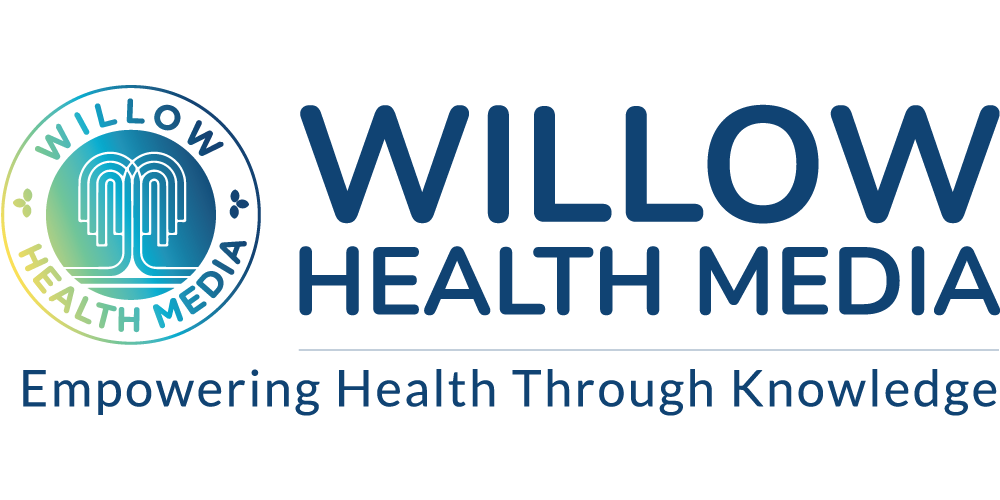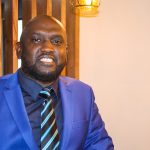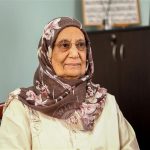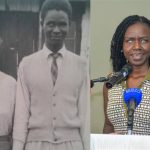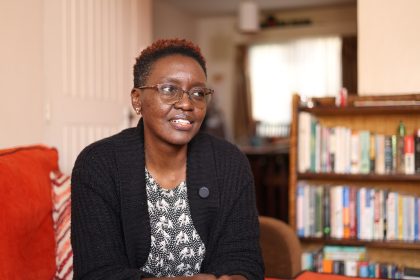Dyslexia where pupils write ‘doy’ instead of ‘boy’ is genetic besides exposure to maternal drug abuse during pregnancy including alcohol, cigarettes and illicit drugs - Faith Simiyu, psychologist
Felix Munyi was playful and full of energy, until he turned six in 2004. Things began to feel different. His mother, Phyllis Munyi realized Felix processed information differently from his peers. “My mum noticed I learned differently,” Felix recalls, “and that helped me understand myself.”
Felix had a rare condition. Dyslexia, a learning disorder that faces misconceptions, myths, lack of information, cultural barriers and policy gaps in health and education with those in rural Kenya as the worst hit.
According to a 2022 ‘Disability Medical Assessment and Categorization Guidelines’ by the Ministry of Health, dyslexia is the most common, language-based disability in which a person has trouble understanding words, sentences, or paragraphs.
“At first, his teachers were clueless,” recalls Phyllis. “They suggested he repeat a grade or even drop out. But I refused.”
There are other learning disorders besides dyslexia including; dyscalculia (impairs ability to understand mathematical concepts), dysgraphia (affects ability to form letters and write neatly) and dyspraxia (affects motor tasks like tying shoelaces, buttoning a shirt, or even waving goodbye).
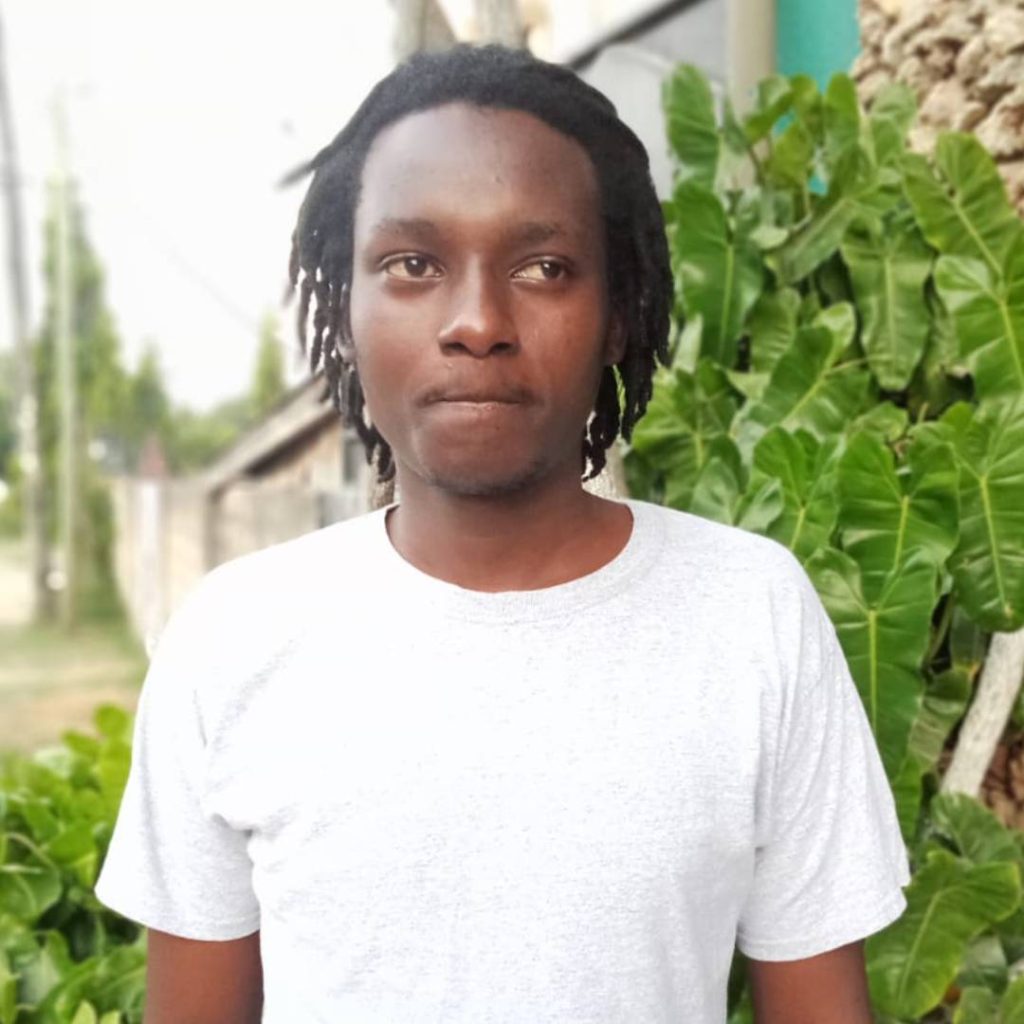
“Dyslexia is not a disease, so you typically will not recognize I have it until you see me read or write, and even then, it might be difficult to tell,” explains Felix. “dyslexia does not prevent me from leading a normal life. I just have a slight disadvantage.”
In school, “The toughest part was the bullying,” Felix admits, his voice heavy with memory. “I don’t blame them. It is not every day you see a seventh-grader writing ‘boy’ as ‘doy.’”
Felix, however, excelled in math and physics, where his conceptual understanding was sharp. But his struggles with spelling often overshadowed his strengths and “people would focus on the spelling errors, not the fact that I understood the material,” he says.
Kenya’s structured education system, which prioritizes spelling and reading accuracy, did not help matters.
His breakthrough came with Colour-coding information using coloured blocks which helped him to improve memory and information retention. Colour-coding also called ‘Building Blocks relied heavily on repetition and “I would either skip lines or repeat the same line without realizing.”
Although effective, colour coding is outdated, and Felix currently uses technology. “I rely on autocorrect, on my phone and laptop, as my dyslexia is mild now and I struggle with spelling. Other devices dyslexic individuals use include text-to-speech and speech-to-text software, which help with reading and communication.”
Come exams, Felix took longer to read and fully understand the questions, yet there was no extra time for candidates with his needs. Besides, misspelt words could lead to penalties. Nevertheless, he managed average grades in both KCPE and KCSE.
Felix credits his teachers and mother for his resilience as they lay the foundation for managing dyslexia.
“My childhood tutor was instrumental when I needed some components of classwork repeated. Repetition has been key to coping with dyslexia.”
Some books also come in handy. Like “Magic Phonic Blending Book,” published by Dyslexia Organization Kenya in partnership with Rare-Gem Talent School focuses on reading and spelling for dyslexic pupils.
“Dyslexia does not define intelligence,” explains Felix. “In fact, I feel like I belong to a special group of people who are highly intelligent—we just have to find our own ways of doing things.”
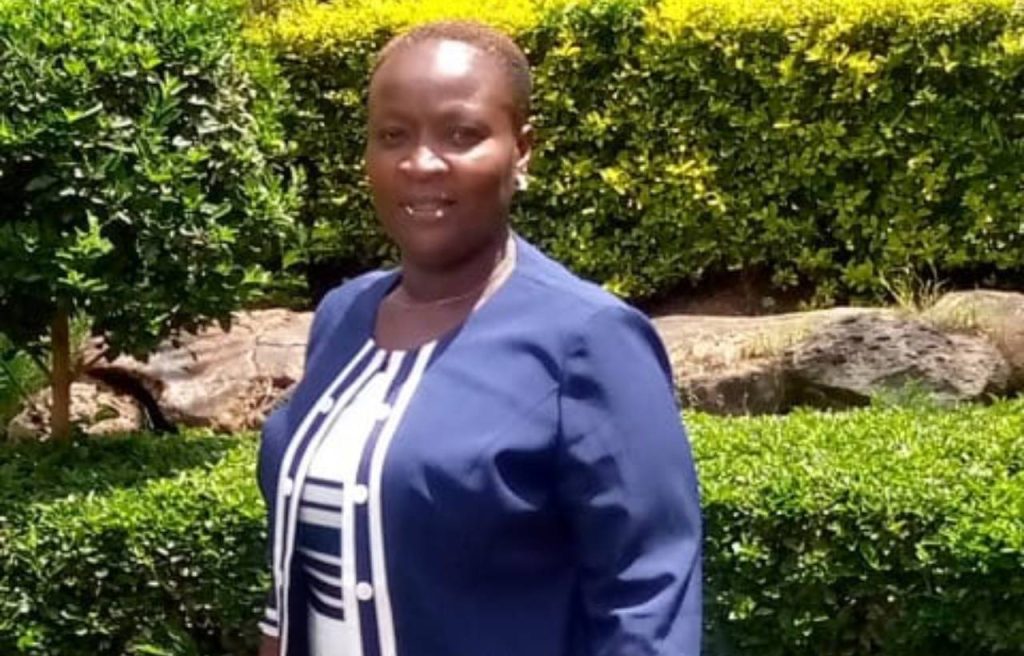
Another parent, Jerioth Nyambura noticed her daughter had delayed walking and difficulty reading and reversing letters when she turned 10. ”I discovered her condition through social media,” Jerioth shares. “A guest speaker was describing the same symptoms my daughter had.”
Jerioth’s daughter attends Rare-Gem Talent School, where teachers like Dorothy Kioko use a Structured Literacy program designed to support students with reading challenges like dyslexia. A core focus is phonemic awareness—the ability to hear, identify, and manipulate sounds in words. This skill enables pupils to understand the sound structure of language critical for effective decoding and reading development.
Faith Simiyu, a psychologist, says in dyslexia children experience challenges recognizing letters, words, numbers and reading as the left hemisphere of the brain, which controls language functions is impacted, affecting phonological awareness (breaking sounds into parts), visual word recognition (recognizing words by sight), and language integration (connecting sounds, meanings, and visual images).
Dyslexic children also struggle with memory, processing speed, and decoding written information, which can make reading, writing, and solving word-based math problems challenging. However, structured literacy programs provide significant support. Using explicit, multiple senses—such as sight, sound, and touch—strengthens neural pathways and improves skills like reading, comprehension, and spelling.
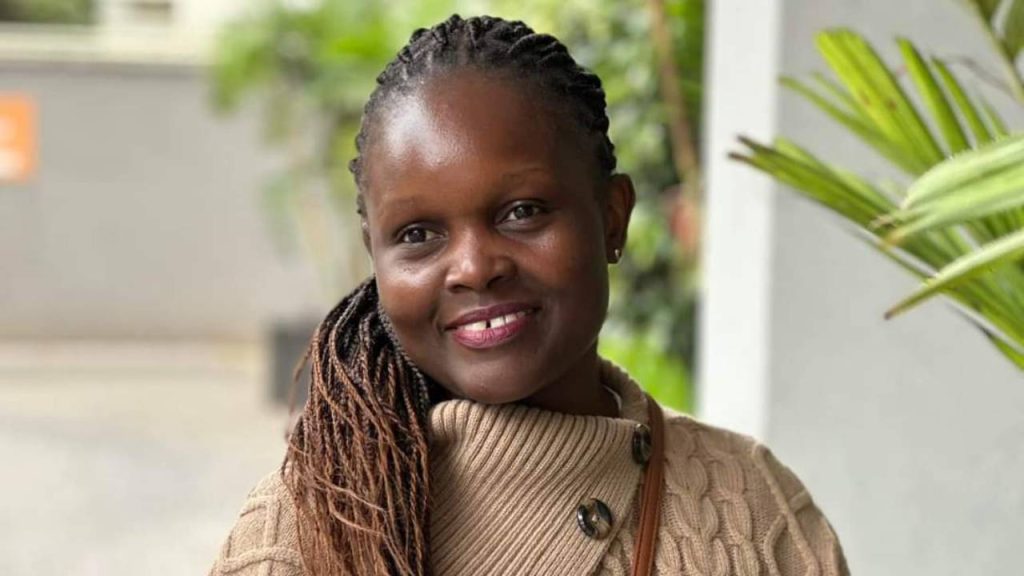
Simiyu explains that from research, dyslexia is genetic besides exposure to maternal drug abuse during pregnancy. Alcohol, tobacco smoke and illicit drugs (and some medications) can meddle with brain development, thus increasing chances for a learning incapacity, including dyslexia.
Drinking alcohol while pregnant, is known to cause Fetal Alcohol Spectrum Disorders (FASDs), leading to cognitive impairment and developmental problems. Smoking also depletes oxygen harming the brain’s development while drugs like cocaine or heroin can cause permanent damage to a child’s ability to process language and numbers.
Environmental toxins, including lead found in dirty water or old paint, mercury and several industrial chemicals, can also inhibit the function of the brain. Other causes are premature birth, low birth weight, or prenatal exposure to toxins may increase the risk of neurological delays.
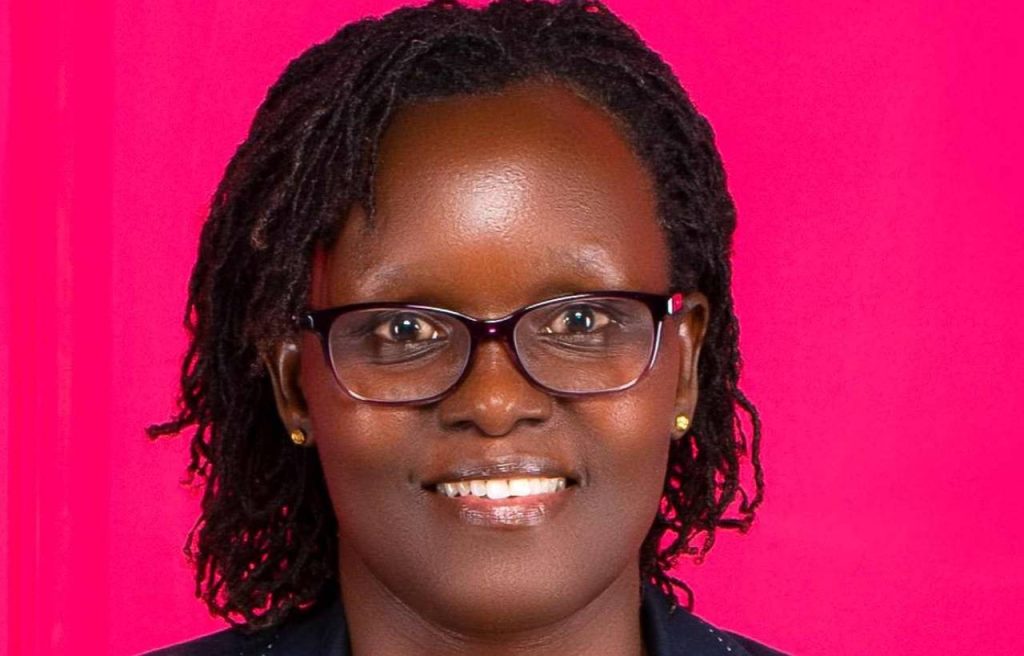
Phyllis concurs that dyslexia runs in her family as it “affected cousins and their children too.”
Simiyu lists early indicators as including “delayed talking compared to other children or struggles with spelling” besides difficulty remembering or naming basic letters, numbers, and colours.
To manage dyslexia, Simiyu advises “Rather than criticizing, encouragement is crucial” as positive reinforcement helps build confidence.”
There are also targeted educational interventions from specialists offering customized support that allows the dyslexic to learn at a pace suited to their needs.
Simiyu decries the “huge gap in healthcare and education in diagnosing dyslexia as parents are often told to wait and see if their child grows out of it.”
In Kenya, the new Competency-Based Curriculum (CBC) introduced teaching methods that supports children with learning needs like “hands-on activities, making learning more interactive and keeping students engaged,” says Kioko, adding that “this approach helps maintain students’ attention, which is critical given their often-limited concentration span.”
However, Kioko notes that many teachers lack adequate training and deficiencies in differentiated learning, as “The training tends to focus on theoretical knowledge rather than practical skills.”
One of the biggest challenges most parents with dyslexic children face is lack of information.
When Phyllis discovered Felix had dyslexia, she attended the 2015 International Dyslexia Association (IDA) Conference in Dallas, USA, where she learned about a science-based structured literacy teaching program and
“I witnessed its impact firsthand during my visit to various schools across the USA,” she recalls.
More conferences in Florida, Singapore and Morocco equipped her with knowledge on among others; literacy instruction, assessment and the neuroscience of reading, effective teaching strategies, assessment tools and inclusive educational practices with which she founded Dyslexia Organization Kenya (DOK) which focuses on advocacy, teacher training and tailored resources for learners with dyslexia.
“If you suspect your child has a learning difference, get them assessed by a special needs teacher as soon as possible,” Phyllis advises.
On her part, Nyambura notes that “parents should not leave everything to nannies. If I hadn’t been attentive, I would not have known what my daughter was struggling with. Children with dyslexia may not always excel in school, but they often have extraordinary talents,” she says. “My daughter is proof of that.”
How do parents in rural Kenya deal with dyslexic children?
Well, Phyllis, dyslexia in rural Kenya is often invisible due to cultural misconceptions, limited teacher training and lack of resources for special education.
Most are labelled as lazy and unintelligent, and often repeat grades or are diverted into non-academic roles – yet formal education is viewed as the main path to success.
“This misunderstanding leads parents to push their children harder academically without realizing the need for different teaching methods,” explains Phyllis, adding that many do not recognize dyslexia as a learning difference, but awareness efforts are slowly reshaping perceptions about dyslexia.
There are also cultural barriers from the belief that children with dyslexia are cursed or bewitched and need cleansing rituals. “Some parents are told to take their kids for prayers instead of seeking medical help,” says Phyllis while others turn to prayers after interpreting dyslexia as a spiritual “test of faith.”
Others pay extra tuition only for teachers to apply the same teaching methods not applicable to dyslexic learners.
“Some teachers adopt more rigid, intensive practices to help the child “catch up,” explains Kioko. “However, this only increases the stress on the child without addressing the root cause and often results in frustration on both sides.”
But Kioko is confident a lot is changing as the CBC education system is adapting to dyslexic pupils with use of technology including videos and other visual aids, which enhance retention via a multisensory learning experience. Additionally, there is a strong focus on life skills “which helps learners to grow independently, develop practical skills and socialize with others.”
